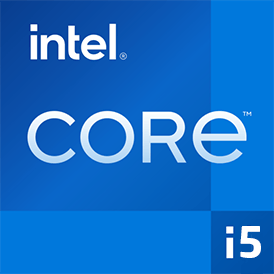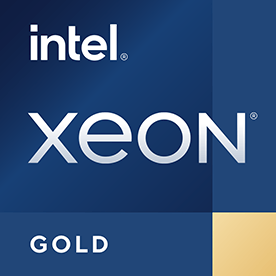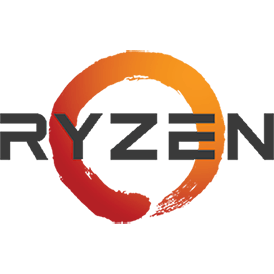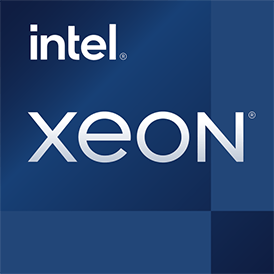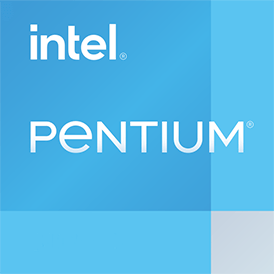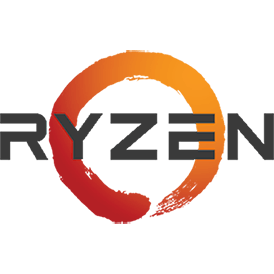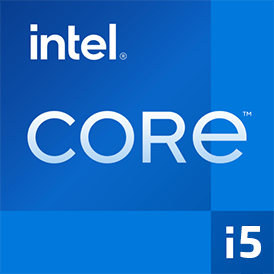Porównanie karty wideo Gainward GeForce RTX 2060 SUPER Ghost z kartą wideo GIGABYTE Radeon R9 Nano według specyfikacji i testów porównawczych. Gainward GeForce RTX 2060 SUPER Ghost działa z podstawową szybkością zegara 1.470 GHz i ma 8 GB pamięci GDDR6, podczas gdy karta graficzna GIGABYTE Radeon R9 Nano działa z podstawową szybkością zegara 1.470 GHz i ma 4 GB z HBM pamięci. Waga jest inna, -- i --. TDP pierwszej karty graficznej to 175 W, a drugiej to 175 W . Porównaj wyniki testu porównawczego, aby dowiedzieć się, która karta wideo jest lepsza.


 Russian
Russian  English
English  Germany
Germany  Portuguese
Portuguese  Italian
Italian  French
French  Japan
Japan  Spanish
Spanish  Chinese
Chinese 

